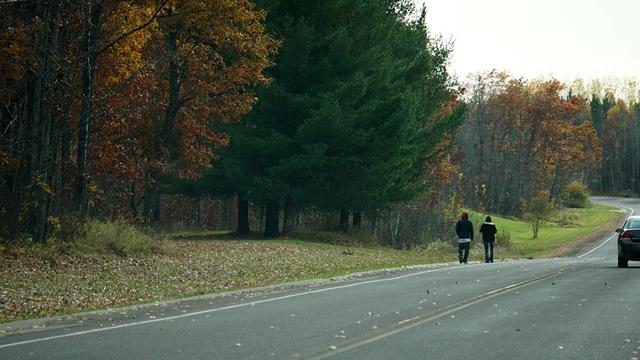For American Indian communities, transportation safety is a high-stakes issue. Nationally, motor vehicle crashes are the leading cause of unintentional injury for American Indians aged 1 to 44, and their motor vehicle death rate is higher than for any other ethnic or racial group in the United States.
While most research into this issue examines sources of risk for the entire American Indian population, University of Minnesota researchers Kathy Quick and Guillermo Narváez studied a previously unexplored aspect of the problem: roadway safety specifically on American Indian reservations.
“Reservations are home to 22 percent of American Indians, so understanding this context is essential to improving their safety,” says Quick, an associate professor at the Humphrey School of Public Affairs. She and Narváez led the study for the Roadway Safety Institute, a consortium of Midwestern universities that researches issues related to traffic safety.
The research team collaborated with tribal governments on four reservations in Minnesota: the Red Lake Band of Chippewa, Fond du Lac Band of Lake Superior Chippewa, Leech Lake Band of Ojibwe, and Mille Lacs Band of Ojibwe, to determine the specific issues affecting safety on the roads within their boundaries and how to address them.
Key finding: Pedestrians at risk
Of the five high-priority concerns they identified, one in particular stood out: the safety of pedestrians on tribal lands.
Up to now, there has been relatively little research indicating this is a major concern, Narváez says, but it is a “critical, under-recognized priority on reservations.”
“In reservation communities many people move around on foot. We found that pedestrian safety is the single most outstanding feature of road safety on reservations compared to rural areas generally,” he says. “This highlights the need for infrastructure investment, better signage, enforcement, and education to protect pedestrians in reservations.”
Another key finding was that impaired driving must not be assumed to be “the” explanation for American Indian mortality rates.
“Our findings challenge the conventional wisdom about driving and alcohol or drug use as the sole explanation for high fatalities among American Indians on reservations. We did not find that in the data,” says Quick. “The research strongly confirms that enforcement and education to reduce all types of reckless driving behaviors—including speeding, impaired driving, and distracted driving—are high priorities.”
Other priority concerns listed in the report are road engineering and repair, reckless driving, seat belt and car seat use, and inter-jurisdictional coordination.
Research leads to improvements
In some communities, the research has already led to some practical safety improvements. Kade Ferris, transportation planner with the Red Lake Tribal Engineering Department, says his tribe used the findings to develop a comprehensive tribal transportation safety plan.
The data also helped the tribe identify and address problems in specific locations—for example, pedestrian safety concerns along Minnesota Highway 1, the main east-west highway through the Red Lake reservation. The tribe used the data to apply for and receive funding from the State of Minnesota to develop a new walking trail and street lighting, to provide a safer walking environment for the reservation’s residents.
The researchers collected extensive data from the reservations through fieldwork observations, interviews with key stakeholders, focus groups with expert drivers, and in-person surveys of 220 reservation residents.
They also collaborated with the Federal Highway Administration to design a national online Tribal Transportation Safety Data Survey in 2016, and analyze the responses from 151 representatives of tribal governments and 45 representatives of state governments.
“Our research methods created new data sources and facilitated in-depth analysis and problem-solving in particular reservations, while emphasizing the perspectives of people with the most direct, informed knowledge of reservation conditions,” Quick says.
Going forward, the research team plans to continue its work on improving reservation roadway safety, particularly to evaluate roadway safety implementation with tribes, and assess the quality of emergency response on reservations. Read the complete report.
Adapted from the Roadway Safety Institute Summary Report 2013–2019



